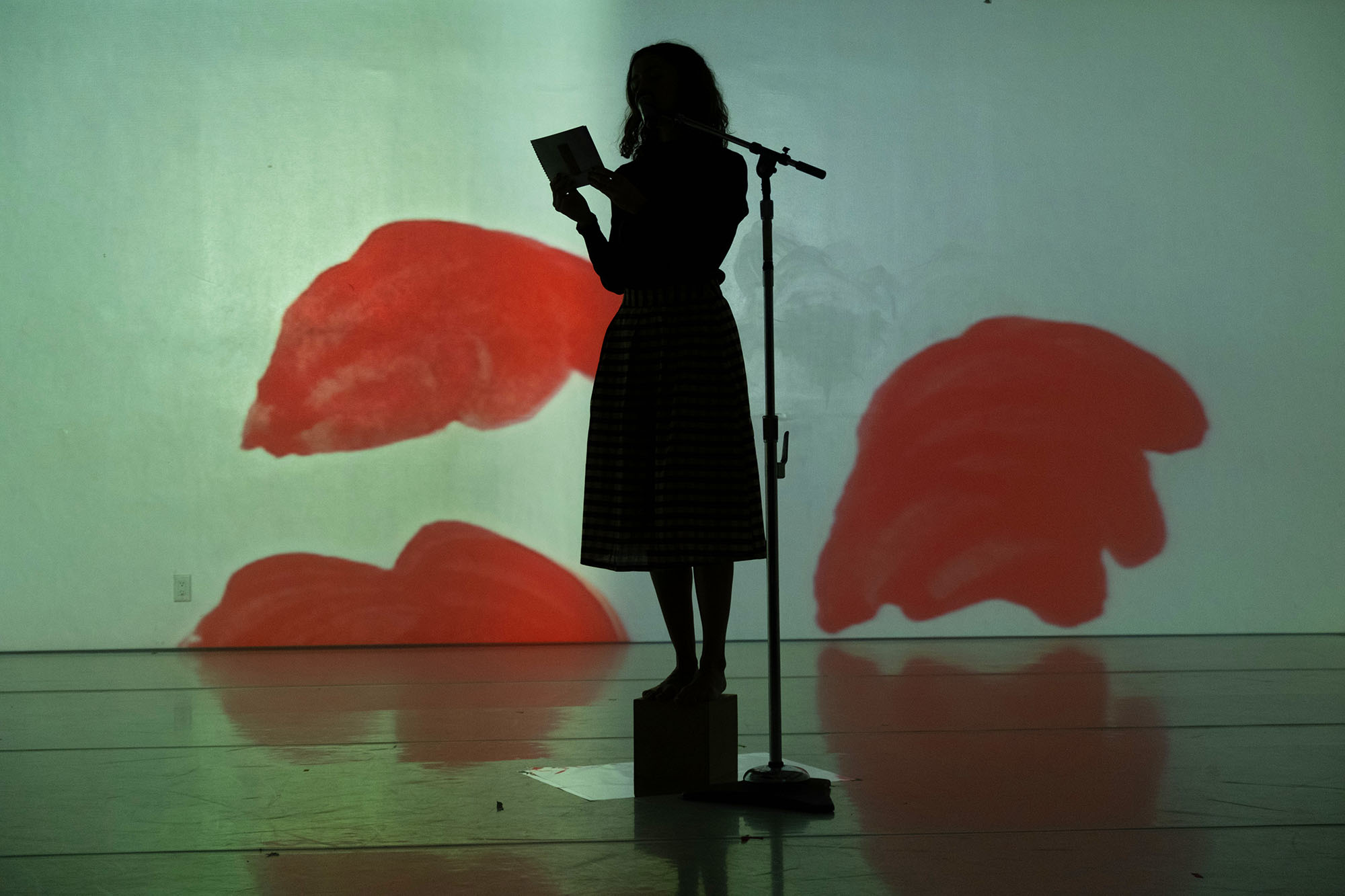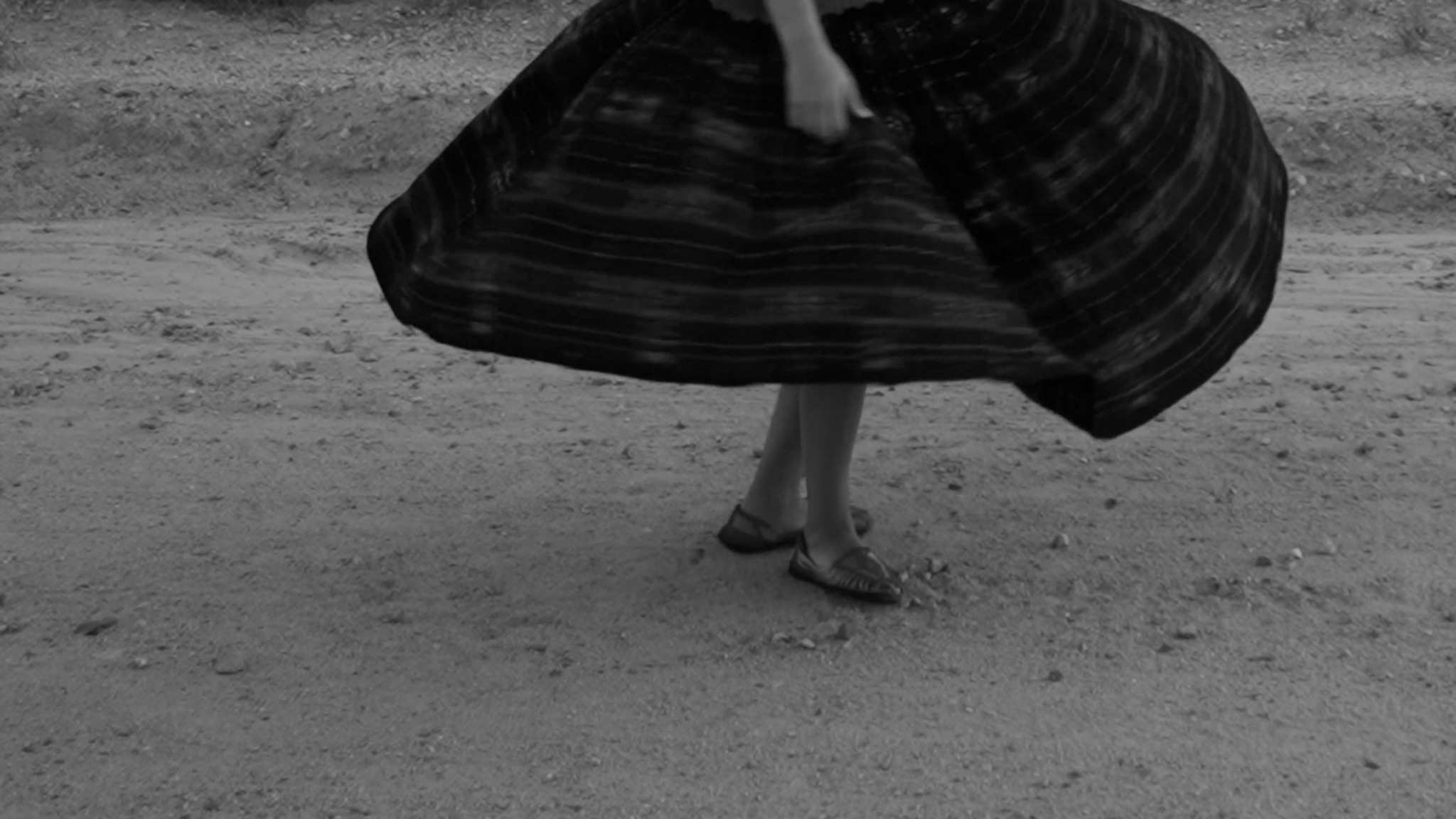We were lucky to catch up with Alejandra Ramos recently and have shared our conversation below.
Hi Alejandra, thanks for joining us today. We’d love to hear about the things you feel your parents did right and how those things have impacted your career and life.
There is a section from Christina Sharp’s Ordinary Notes in which she describes the abundance of books she would receive from her mother. I’d like to share Sharp’s quote, which is in relation to the significance of mothers.
“One of those books was Toni Cade Bambara’s The Salt Eaters in which Bambara, in the dedication, thanks her mother, “who in 1948, having come upon me daydreaming in the middle of the kitchen floor, mopped around me.” In that dedication, I saw something that my mother would do; I saw something that she had done. My mother gave me space to dream. For whole days at a time, she left me with and to words, curled up in a living room windowsill, uninterrupted in my reading and imagining other worlds.”
When I read this, I felt like I was looking back at myself, my younger self, whose attention was always focused on other worlds, frequent spells of daydreaming, spending hours outside in the backyard roaming freely in my mind. My mother was always aware of my sensitivity, my need to isolate back into myself, to build the invisible narratives that carried me to what would be defined as an artistic career. My mother immigrated to the US from Guatemala at a young age. When she had me, she had just graduated from university and was working as a social worker in a nursing home. My mother’s way of living affected my perception of myself. She was careful about the example she gave me and was intentional in showing that life is not meant to be narrowed. I feel her examples of generosity and the way she values her life taught me to value my space as something significant. There is delicate importance to allowing yourself time to think and to dream.

Alejandra, love having you share your insights with us. Before we ask you more questions, maybe you can take a moment to introduce yourself to our readers who might have missed our earlier conversations?
I was raised between the Mormon suburbs of Lehi, Utah, and the open deserts in Southern AZ, and I feel these two living locations play an important role in building my curiosity for religion, childhood, and architecture.
Growing up in a strict white Christian religious environment created an odd confusion in my identity. My mother was baptized into the Mormon church by missionaries in Guatemala and later immigrated to Utah for school. My father, A Mexican immigrant, is catholic, which created, for me, a religious home atmosphere opposite of pressure or obligation. It was a home of betweenness, one of plural beliefs, and multi-heritages that built a curiosity for the environment and belief systems I was exposed to.
I respond to these experiences through film, performative readings, sculpture, photography, and drawings. Each material or format is specific to what kind of emotions I want to build with a work. With film, I think I have a stronger idea of what image or place I want to show directly, such as my father’s home in Chihuahua, Mexico. With performance, sculpture, and drawing, I am thinking more abstractly to how I connect to memories of attending church or mass and my attachment to architecture as a young girl. For example, with Mormon churches, it is very plain, and the objects and paintings they hang are very innocent, while Catholicism doesn’t hide grotesque and beautiful imagery in its spaces. I am most curious about this gap between innocence and horror and how I can engage seemingly innocent imagery with darker undertones of violence and purity.
Ale Ramos is completing her MFA in Film and Video at the Art Institute of Chicago and has had the opportunity to perform at the Center for Performance Research for their Fall Movement Program and screen work in Mexico, London, Chicago, and Utah.

Looking back, are there any resources you wish you knew about earlier in your creative journey?
In terms of discovering resources for creatives, I feel like I am still learning how to build myself as an artist and a business. For me, learning about what funding and experience opportunities are available to me is something that takes time. Applying for grants, scholarships, residencies, etc., all take time because even when I apply for an opportunity, there is no guarantee of acceptance to a certain funding or experience opportunity. I am not sure if there will ever come the point in my career where I won’t ever be dependent on various artist opportunities and grant applications will ever come to an end, but I think it is important to be resilient.

Is there mission driving your creative journey?
For creative ambitions, my goal is to be independently stable enough that I can also dedicate time and energy to my artistic output. I hope to always value my art and my career as an artist, even if I have to work a regular nine-to-five, I want to make sure that my attention to my art is always nurtured. My hope is to have a strong studio practice while still supporting myself and art. As long as I am always in a position to consistently make and show art, I feel I have succeeded in my career.
Contact Info:
- Website: https://alejandraramos.squarespace.com/
- Instagram: aleramos58





